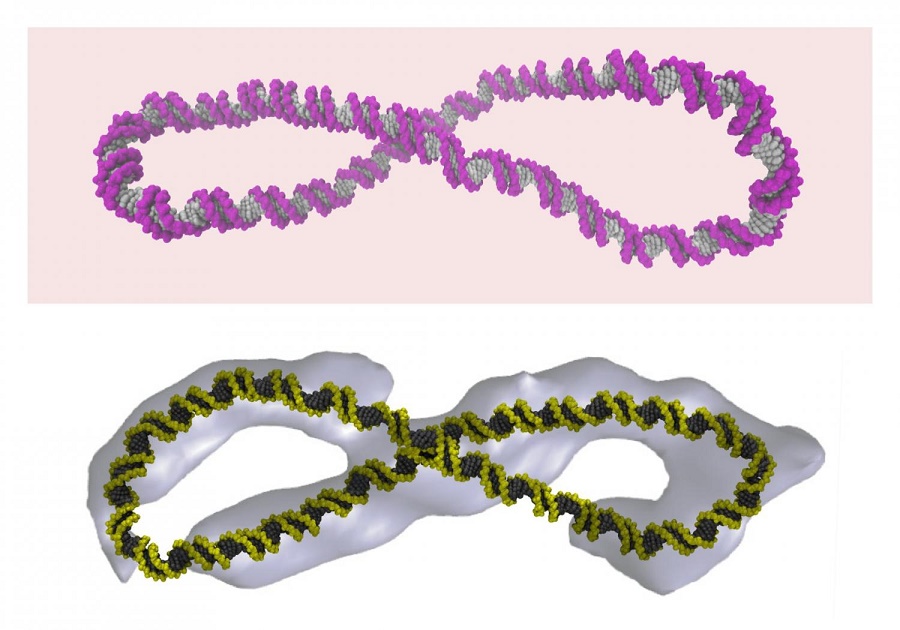

Two key developments in the modeling of the modern α-helix were: the correct bond geometry, thanks to the crystal structure determinations of amino acids and peptides and Pauling's prediction of planar peptide bonds and his relinquishing of the assumption of an integral number of residues per turn of the helix. Taylor, Maurice Huggins and Bragg and collaborators to propose models of keratin that somewhat resemble the modern α-helix. Neurath's paper and Astbury's data inspired H. Hans Neurath was the first to show that Astbury's models could not be correct in detail, because they involved clashes of atoms. the stretching caused the helix to uncoil, forming an extended state (which he called the β-form).Īlthough incorrect in their details, Astbury's models of these forms were correct in essence and correspond to modern elements of secondary structure, the α-helix and the β-strand (Astbury's nomenclature was kept), which were developed by Linus Pauling, Robert Corey and Herman Branson in 1951 (see below) that paper showed both right- and left-handed helices, although in 1960 the crystal structure of myoglobin showed that the right-handed form is the common one.

the unstretched protein molecules formed a helix (which he called the α-form).He later joined other researchers (notably the American chemist Maurice Huggins) in proposing that: The data suggested that the unstretched fibers had a coiled molecular structure with a characteristic repeat of ≈5.1 ångströms (0.51 nanometres).Īstbury initially proposed a linked-chain structure for the fibers. In the early 1930s, William Astbury showed that there were drastic changes in the X-ray fiber diffraction of moist wool or hair fibers upon significant stretching. Four carbonyl groups are pointing upwards toward the viewer, spaced roughly 100° apart on the circle, corresponding to 3.6 amino-acid residues per turn of the helix.


 0 kommentar(er)
0 kommentar(er)
